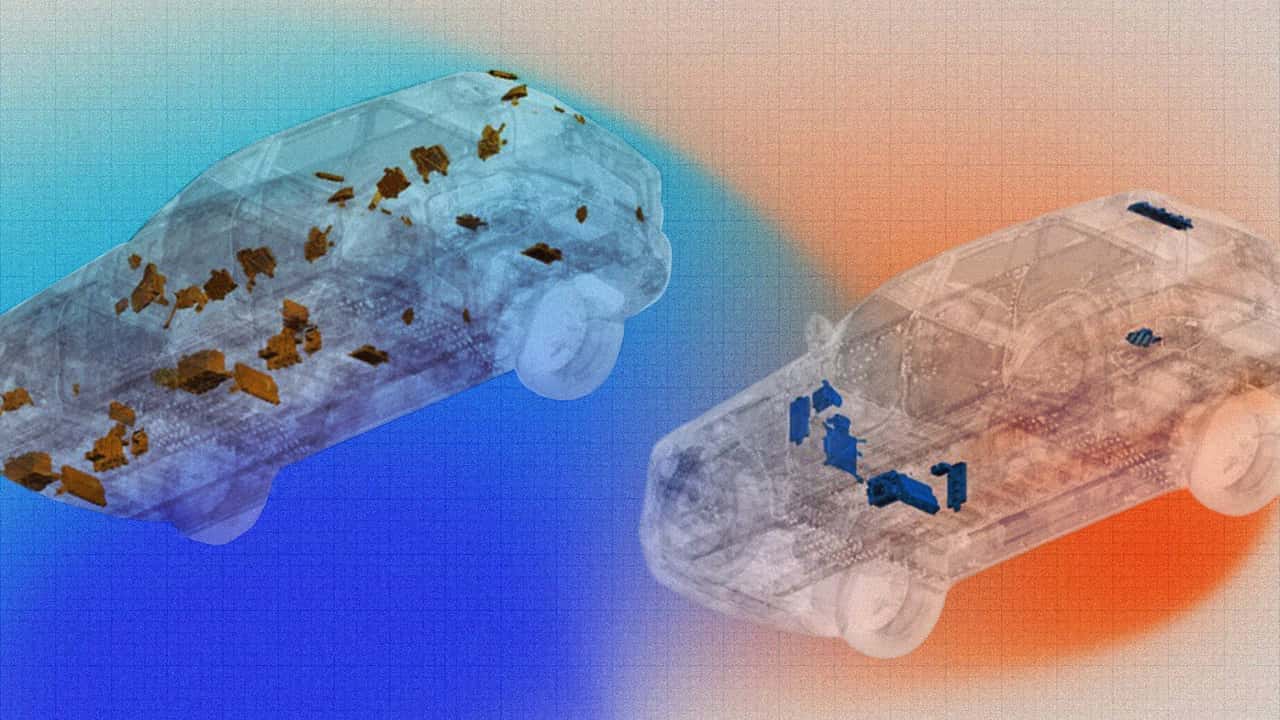BREAKING NEWS: General Motors (GM) has just announced a groundbreaking shift in automotive technology that will revolutionize both gas and electric vehicles. At the GM Forward tech event in New York City, executives revealed their plans for a new centralized compute architecture that will transform gas-powered cars, starting with the highly anticipated Cadillac Escalade IQ set to launch in 2028.
This innovative architecture aims to streamline how vehicles operate, significantly reducing the number of components and maintenance requirements. GM’s senior vice president of Software and Services Engineering, David Richardson, stated, “It’s propulsion-agnostic, which means that this technology will run across both electric and gas vehicles… and the payoff is massive.” This development comes as the auto industry grapples with shifting consumer preferences and the need for more efficient manufacturing processes.
The move is particularly urgent as electric vehicle (EV) sales are slowing, and federal tax credits have expired. With consumers still reliant on gas cars, GM’s centralized compute architecture promises to deliver advanced features and reduced costs, making gas vehicles more appealing in a rapidly changing market.
This new system replaces the traditional fuse box with a more efficient method of managing electrical functions. By consolidating multiple vehicle modules into fewer units, GM aims to reduce complexity and facilitate quicker software updates. “We’ve moved away from standard fuse boxes,” Cygan explained, adding that this change allows for “significant capability increases.”
The centralized architecture will not only enhance connectivity through improved radio, Bluetooth, and 5G capabilities, but will also pave the way for a more integrated vehicle experience. Consumers can expect vehicles that are constantly updated, boasting 10 times more software updates than previous systems.
The implications of this technology extend beyond immediate consumer benefits. GM’s strategy reflects a larger trend in the automotive industry, where manufacturers are increasingly adopting a “zonal architecture.” This approach, pioneered by companies like Tesla, focuses on networking vehicle systems through a unified software stack, enhancing overall functionality.
While GM aims to implement this architecture across its lineup, the transition poses challenges, particularly for internal combustion engine vehicles. For instance, integrating cooling systems for the central computer in gas cars presents a unique set of engineering hurdles. Nevertheless, GM is optimistic about the potential for increased repairability and lower costs over time.
As the automotive landscape evolves, GM’s approach signifies a critical juncture for both gas and electric vehicles. With the promise of a more seamless, feature-rich driving experience, consumers can look forward to a future where their vehicles are not only smarter but also more efficient.
In summary, GM’s innovative strategy highlights the urgent need for automotive manufacturers to adapt to changing market conditions while still catering to a diverse range of consumer preferences. As the rollout of this technology progresses, all eyes will be on GM to see if it can deliver on its ambitious promises and redefine the automotive experience for millions of drivers worldwide.



